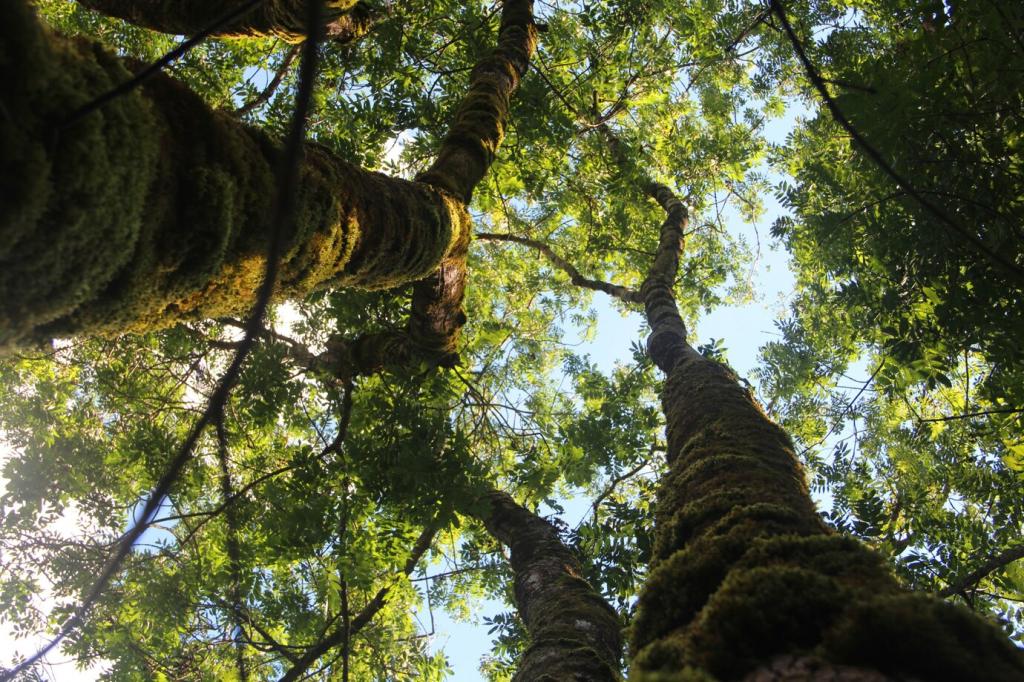
Safeguarding Forests with Cutting‑Edge Drone Mapping
Chosen theme: Advancements in Drone Mapping for Forest Protection. Explore how next‑generation sensors, AI, and flight operations are transforming conservation from the canopy down to the forest floor. Join us to learn, share your experiences, and help shape smarter, faster protection for the world’s forests.
Why Drone Mapping Is Rewriting Forest Protection
High‑overlap photogrammetry creates detailed surface models, while modern LiDAR penetrates foliage to reveal true ground and understory trails. Together, they expose logging access routes, erosion gullies, and canopy gaps, enabling interventions that are targeted, prioritized, and measurable over time.
Why Drone Mapping Is Rewriting Forest Protection
At first light, rangers launched a compact multirotor over a suspected corridor. The map stitched in minutes, revealing fresh tire ruts veering toward a reserve boundary. An interception team used the geotagged route to act quickly, averting a new logging front that day.

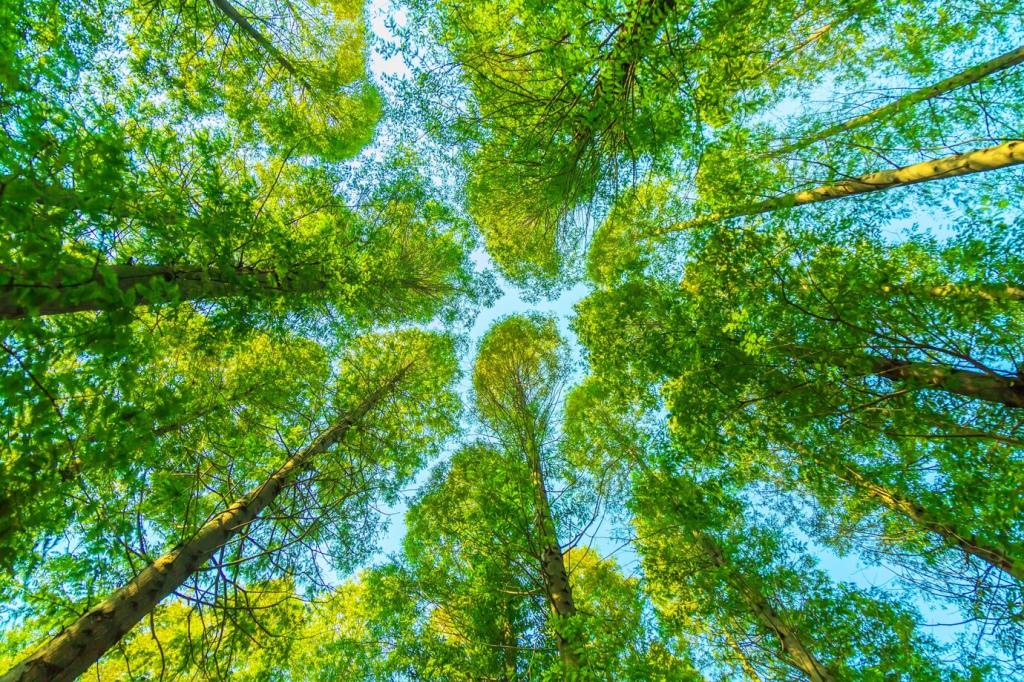
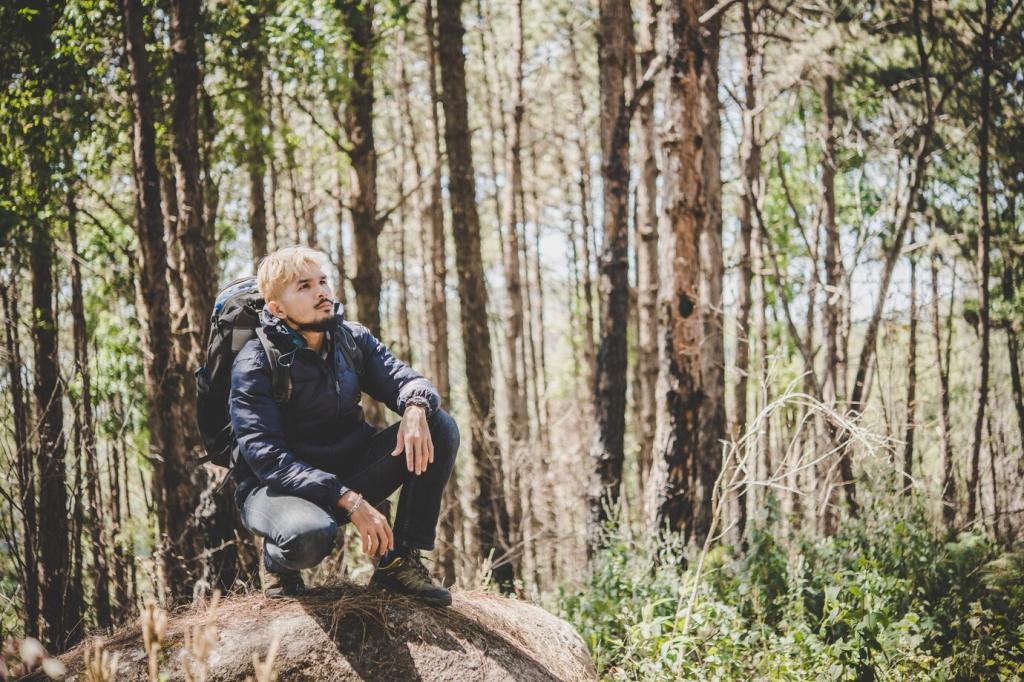
LiDAR breakthroughs reveal canopy height and understory routes
New lightweight LiDAR units deliver millions of points per second, even from small drones. Single‑photon and SLAM‑enabled systems capture canopy height variance and hidden footpaths, guiding patrols through dense understory while producing reliable terrain models for flood, erosion, and habitat planning.
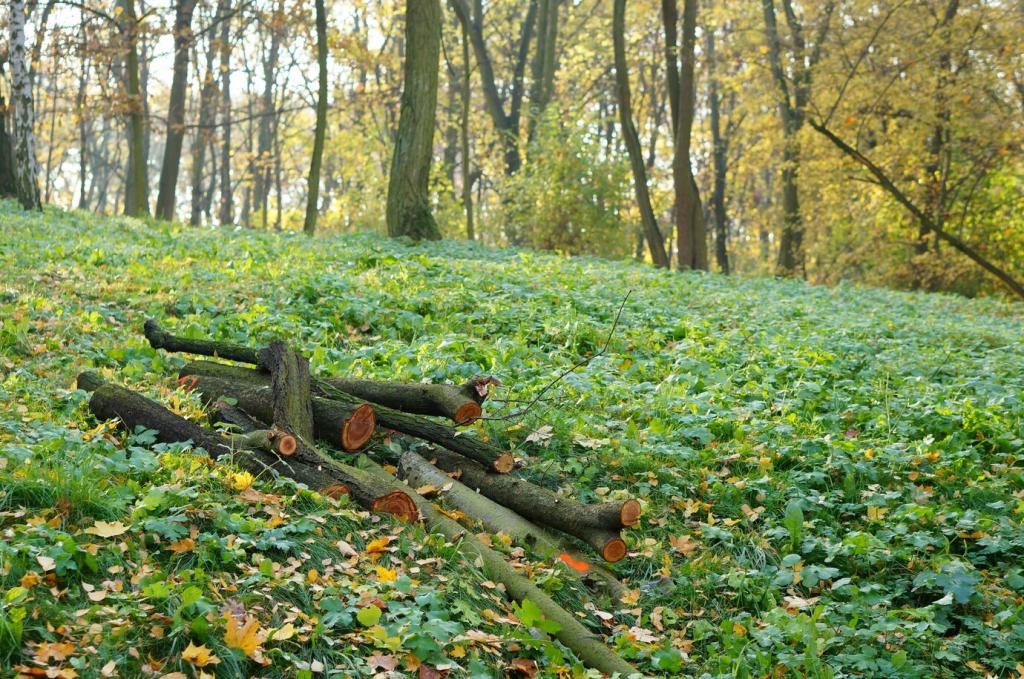
Multispectral cameras diagnose tree stress before leaves fade
Red‑edge, near‑infrared, and calibrated bands quantify chlorophyll and water content long before visual symptoms appear. Stress maps help detect drought, nutrient issues, and early pest outbreaks, allowing foresters to respond proactively with targeted treatment zones and sensible water or shade interventions.
Real‑time fire and smoke detection on the wing
Lightweight neural networks now run directly on drone compute modules, flagging smoke plumes and heat anomalies in real time. Alerts arrive on handheld devices mid‑flight, helping teams confirm ignition sources faster and dispatch resources before small sparks become destructive wildfires.
Detecting pests and disease with trained models
AI models trained on labeled multispectral scenes can recognize beetle infestations, bark discoloration, and canopy thinning patterns. Early detection shrinks treatment areas, preserves habitat, and reduces costs, especially when models are retrained seasonally with local ground truth from forestry crews.
Anomaly alerts for roads, camps, and boundary incursions
Change‑detection algorithms compare fresh flights to historical baselines, flagging new clearings, tire tracks, or structures near sensitive boundaries. Configurable thresholds reduce false positives, while geofenced alerts guide patrols to the most urgent anomalies within minutes of landing.
Mapping Accuracy You Can Trust: RTK/PPK, Calibration, Ground Truth
Drones with RTK or PPK link to reference stations for centimeter‑level accuracy, often reducing the number of ground control points. The result is faster deployment, high‑fidelity alignment across seasons, and trustworthy change detection for enforcement, restoration, and reporting.
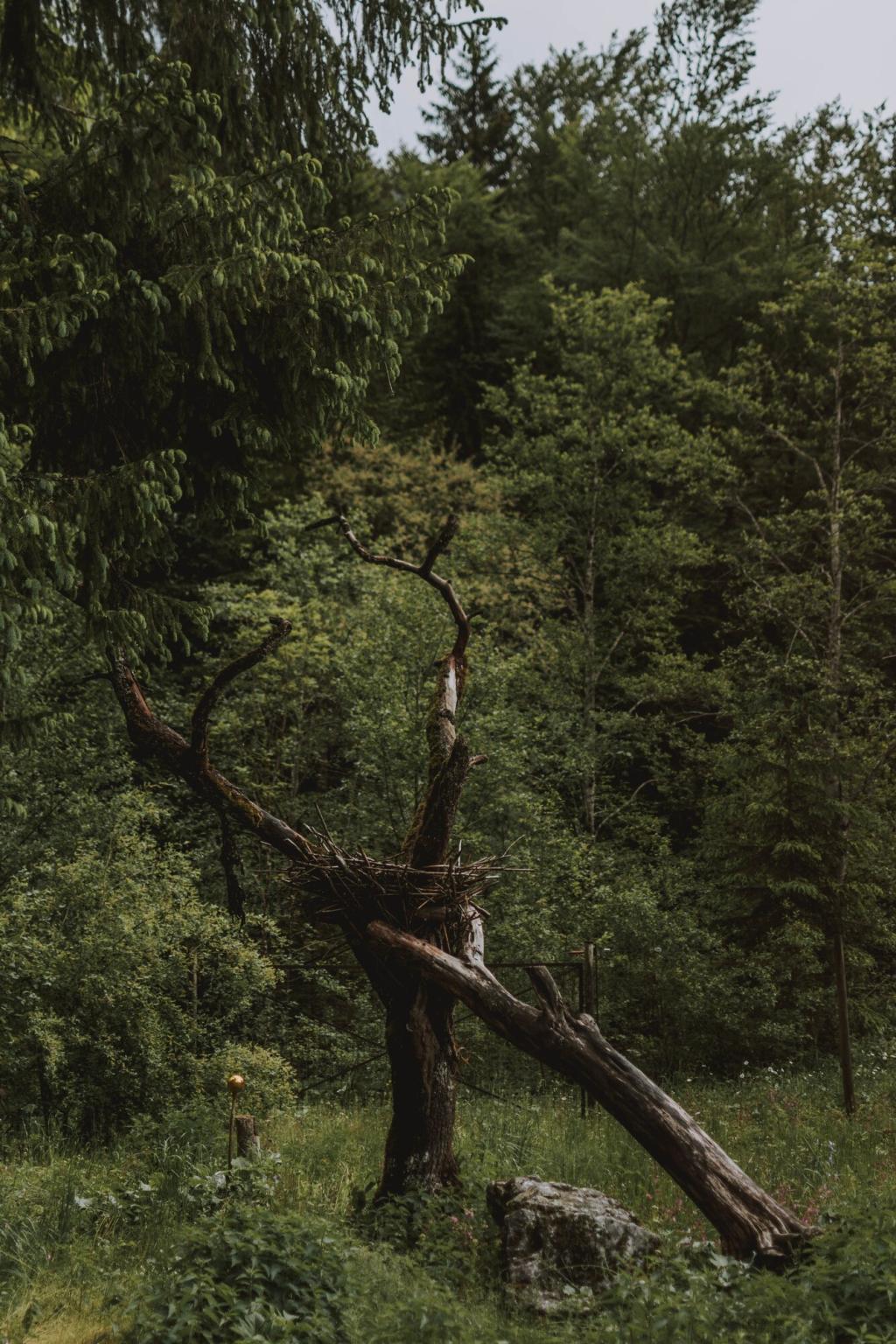

Mapping Accuracy You Can Trust: RTK/PPK, Calibration, Ground Truth
Calibration panels and irradiance sensors normalize lighting differences between flights. Consistent NDVI, NDRE, and chlorophyll indices make time‑series analysis dependable, enabling teams to track stress trends, compare interventions, and defend decisions with replicable, scientifically sound metrics.
From One Drone to Many: Swarms, BVLOS, and Cloud Pipelines
Multi‑drone missions split large blocks into safe, non‑overlapping flight lanes. Shared geofences, staggered altitudes, and automatic deconfliction increase coverage without sacrificing safety, letting teams map vast forest sections in a single favorable weather window.
Regulatory frameworks increasingly permit beyond‑visual‑line‑of‑sight operations with risk mitigations like detect‑and‑avoid, observers, and reliability standards. Establishing corridors to remote blocks reduces travel time and extends protection to hotspots previously unreachable within a single day.
Automated pipelines ingest logs, images, and point clouds, then run photogrammetry, classification, and indexing at scale. Open tools and reproducible workflows deliver ortho mosaics, elevation models, and alert layers to dashboards before sunrise, ready for patrol briefings.
Turning Maps into Action: Patrols, Restoration, and Carbon
By overlaying access routes, proximity to mills, and historical incidents, teams prioritize patrols where threats concentrate. Shorter response times and targeted checkpoints increase deterrence, directly translating map intelligence into safer forest edges and protected cores.
